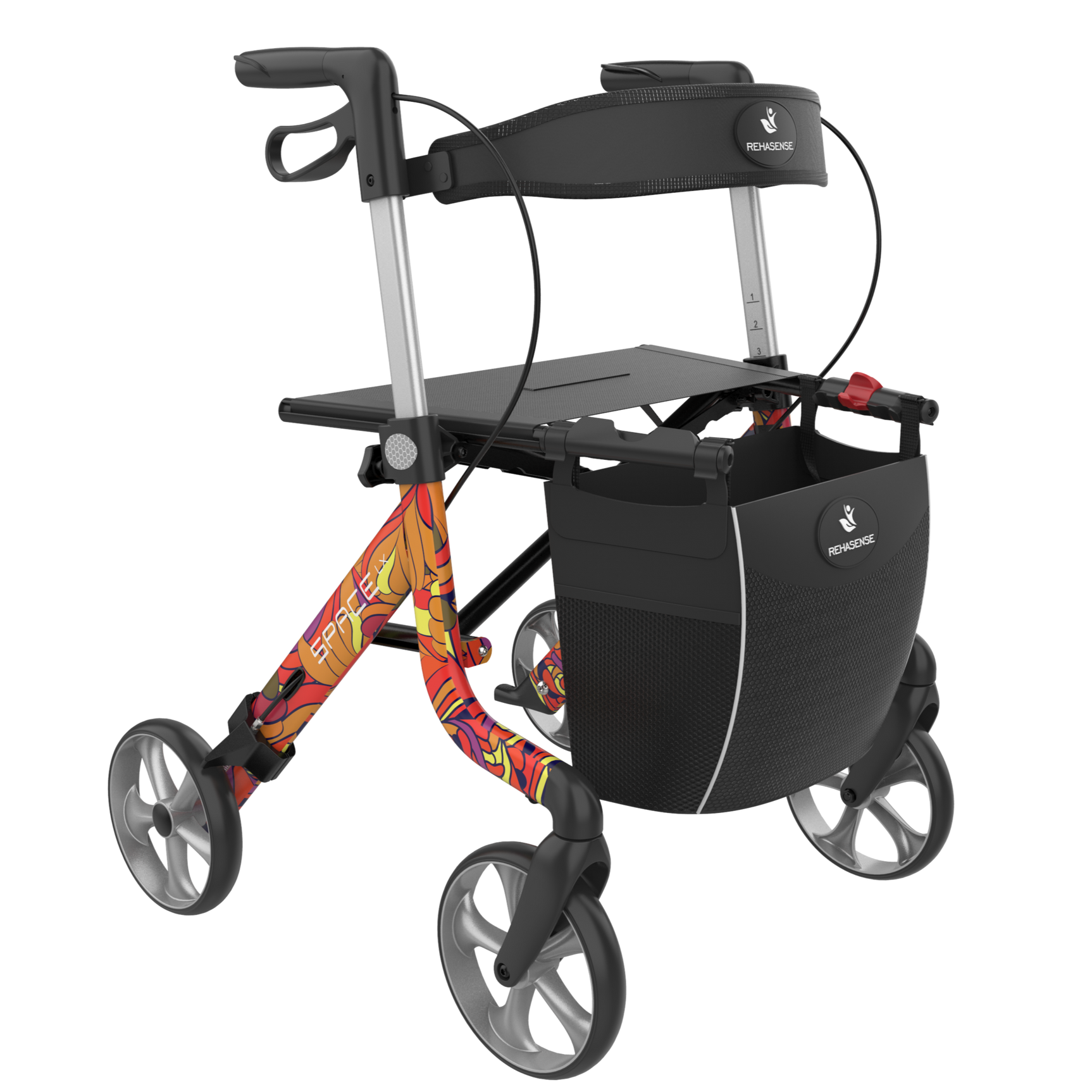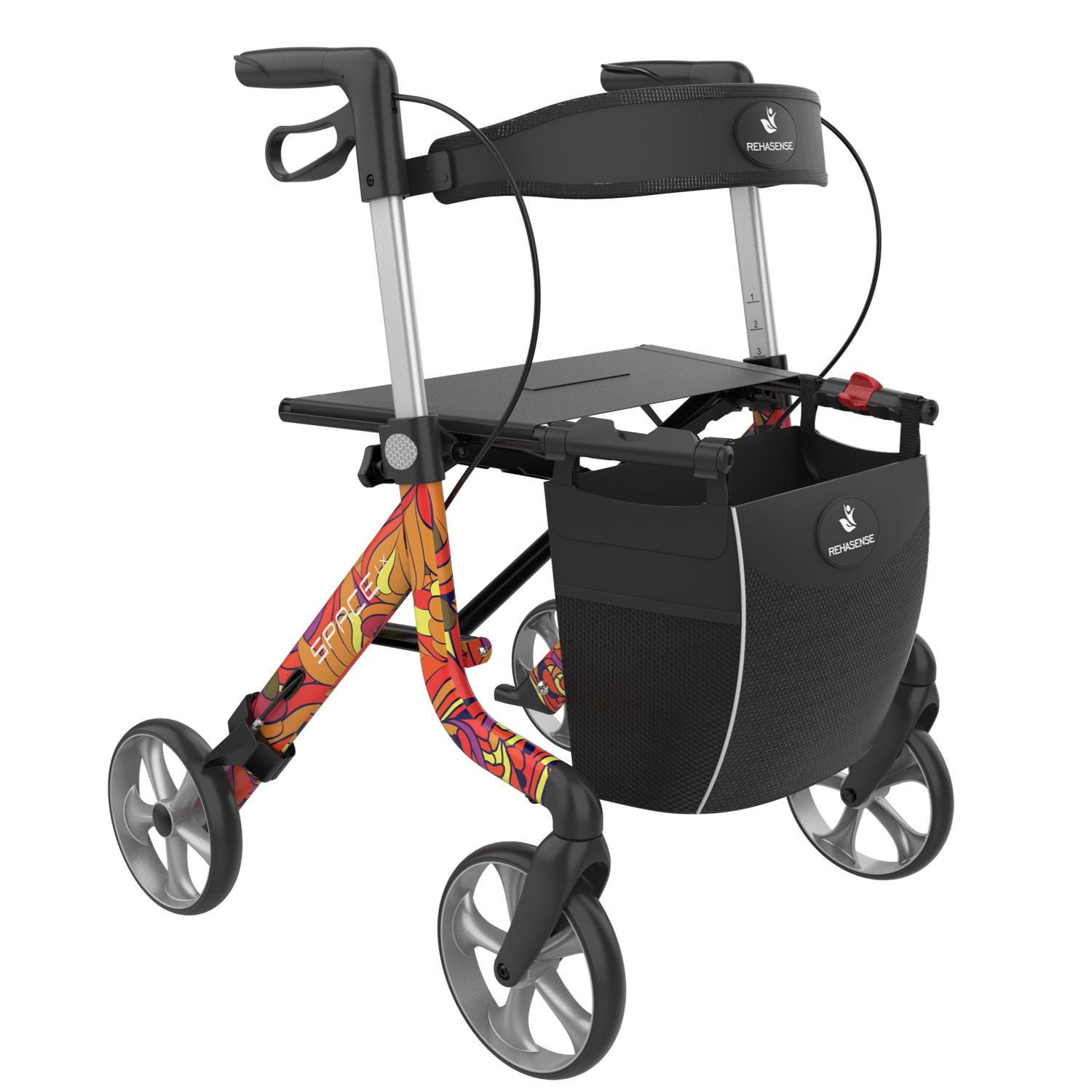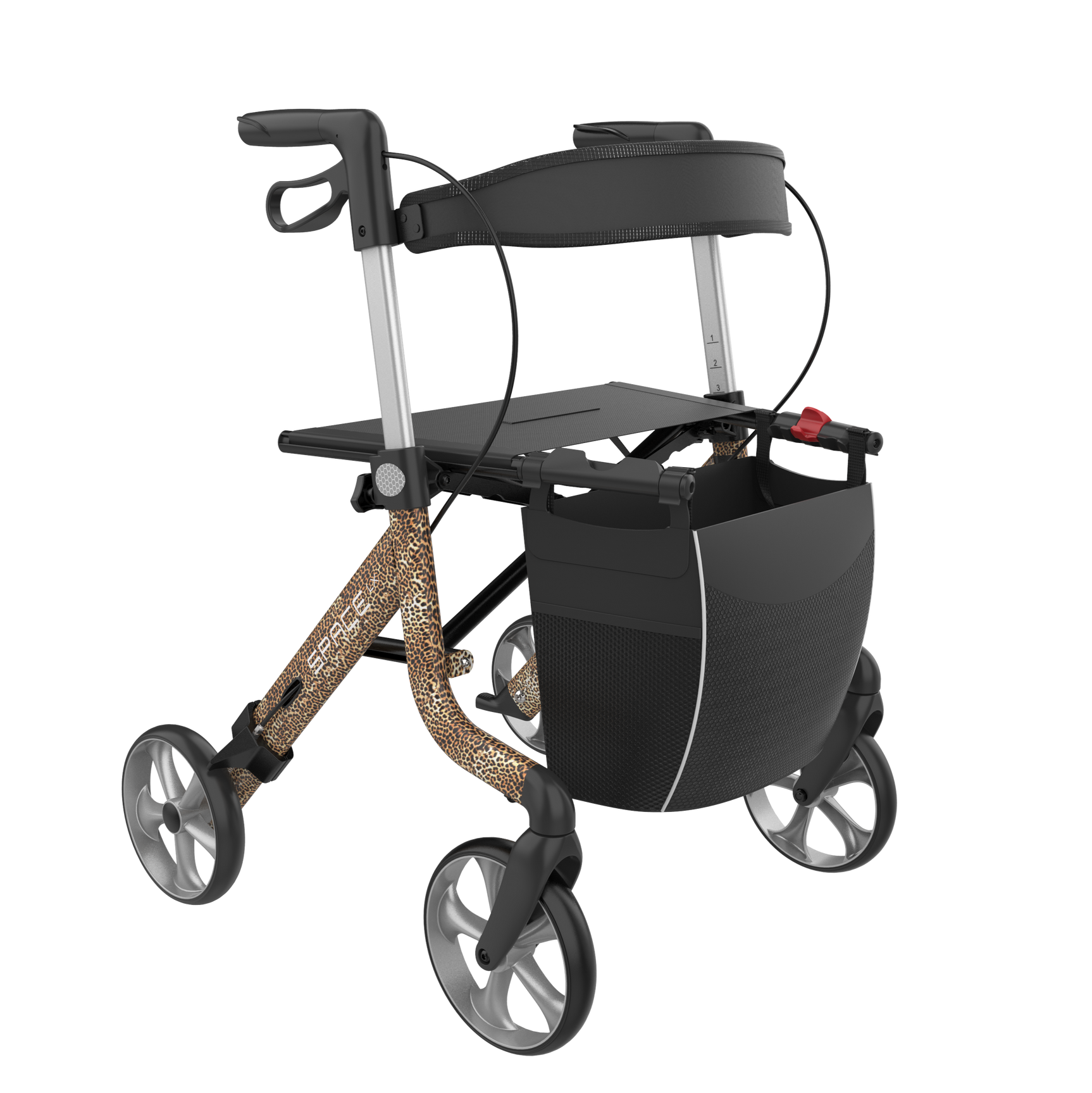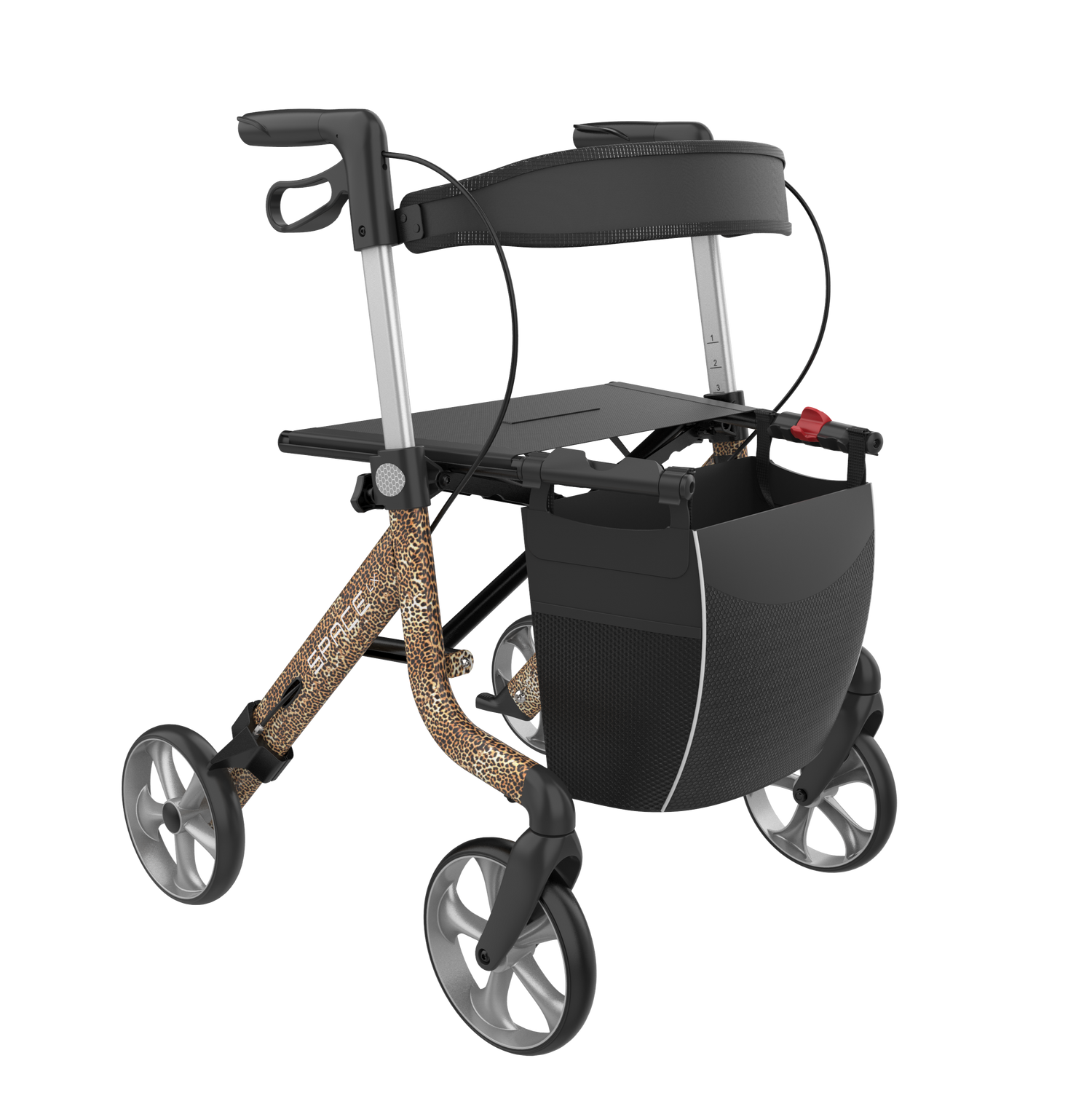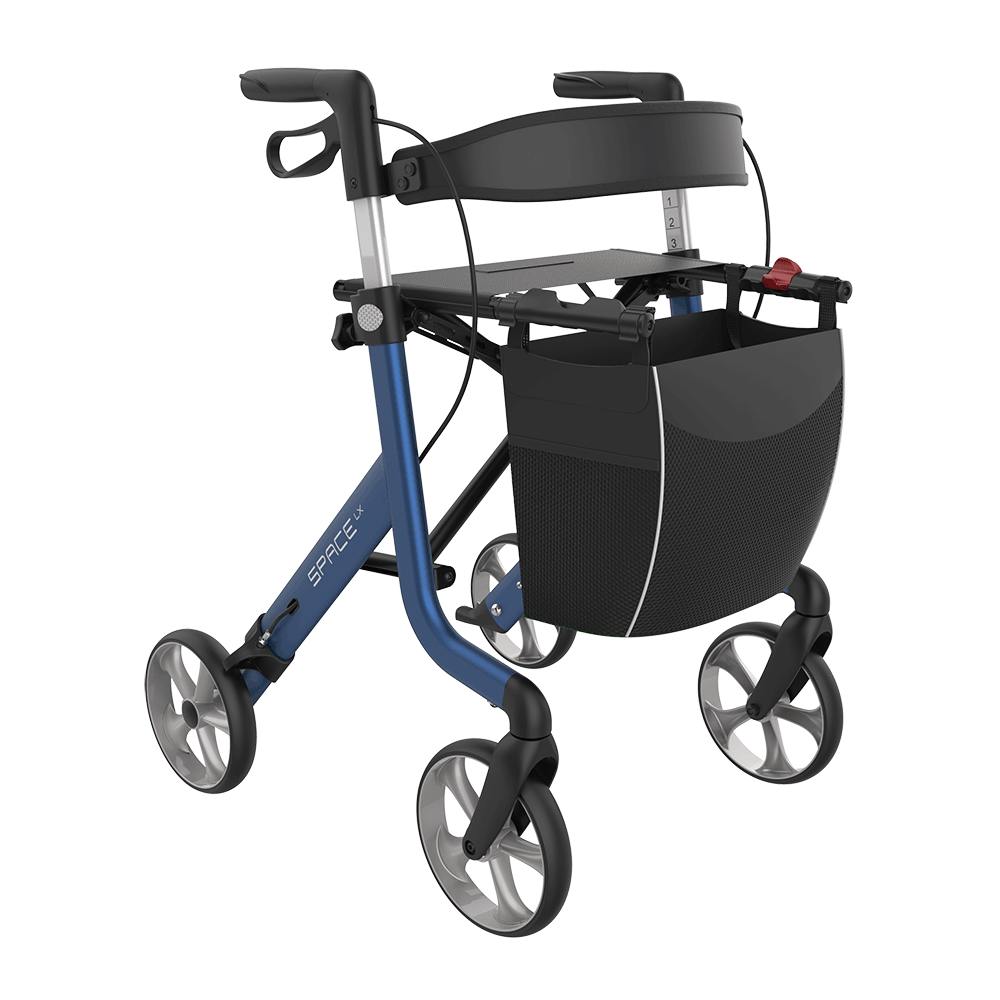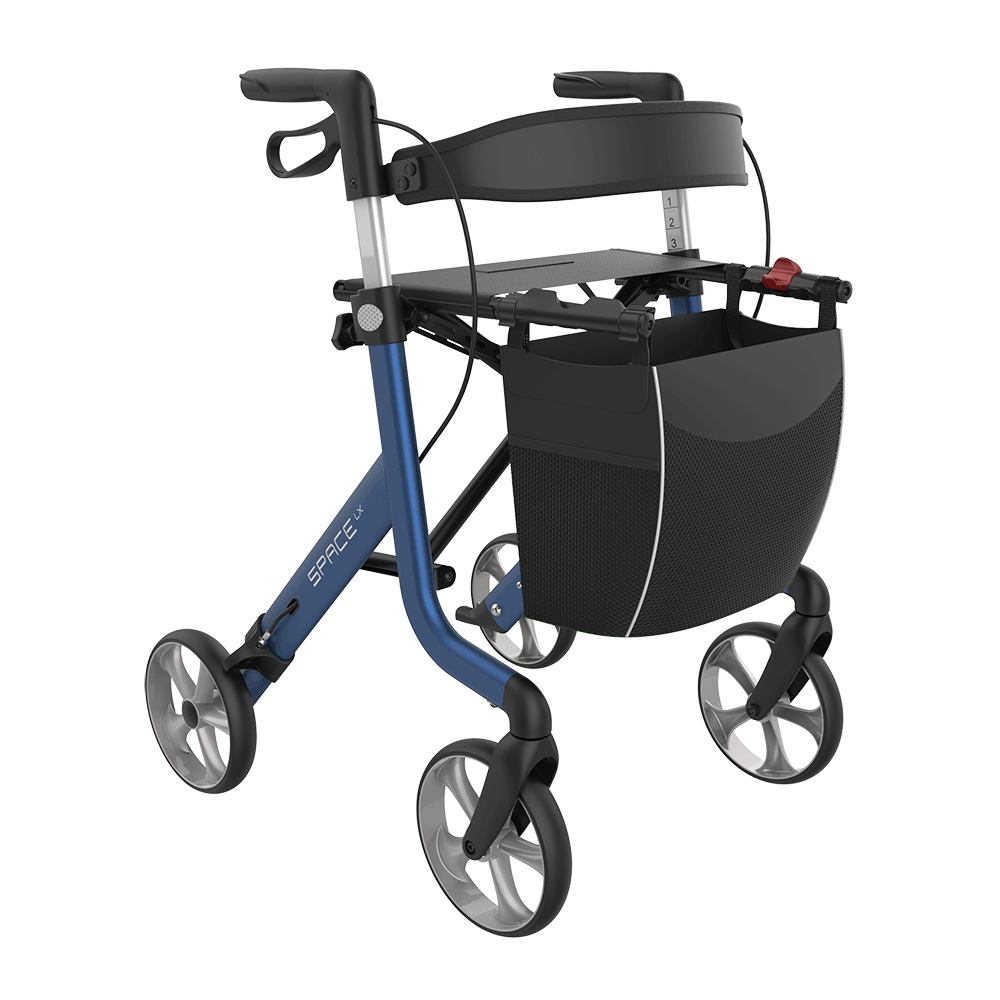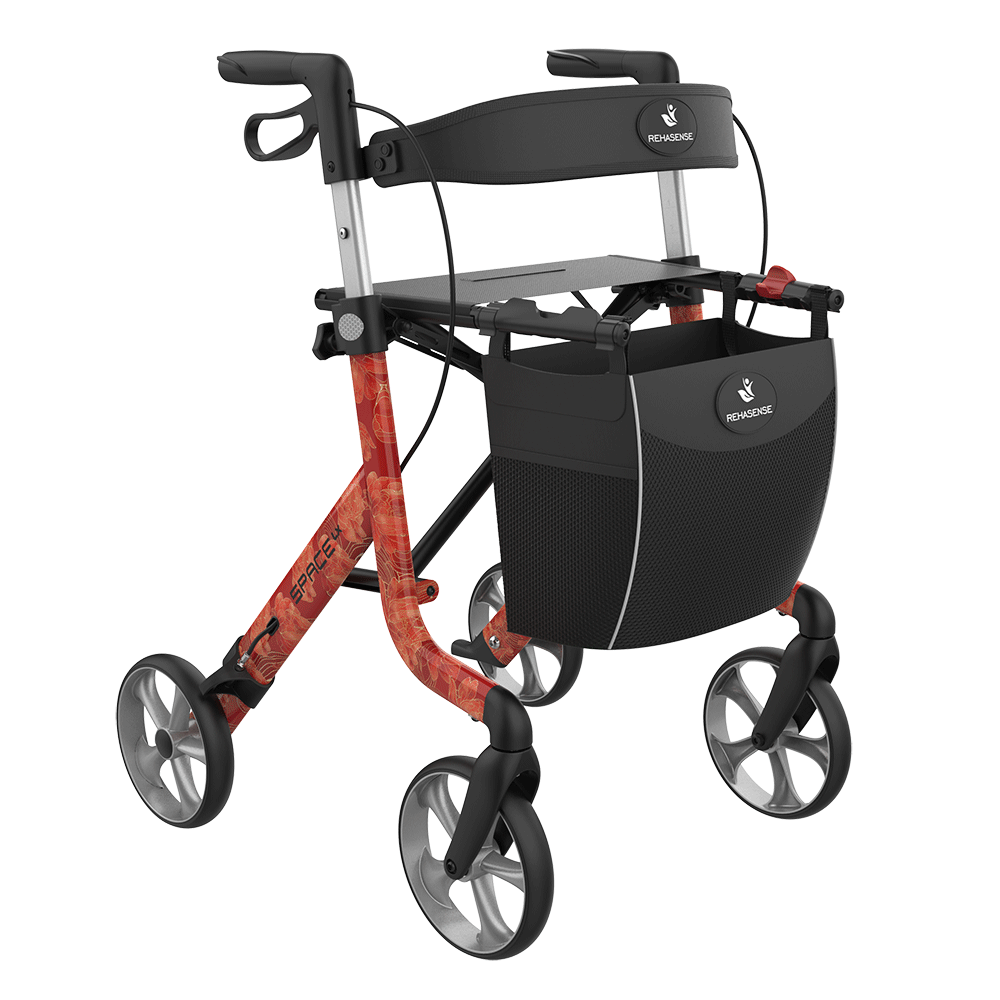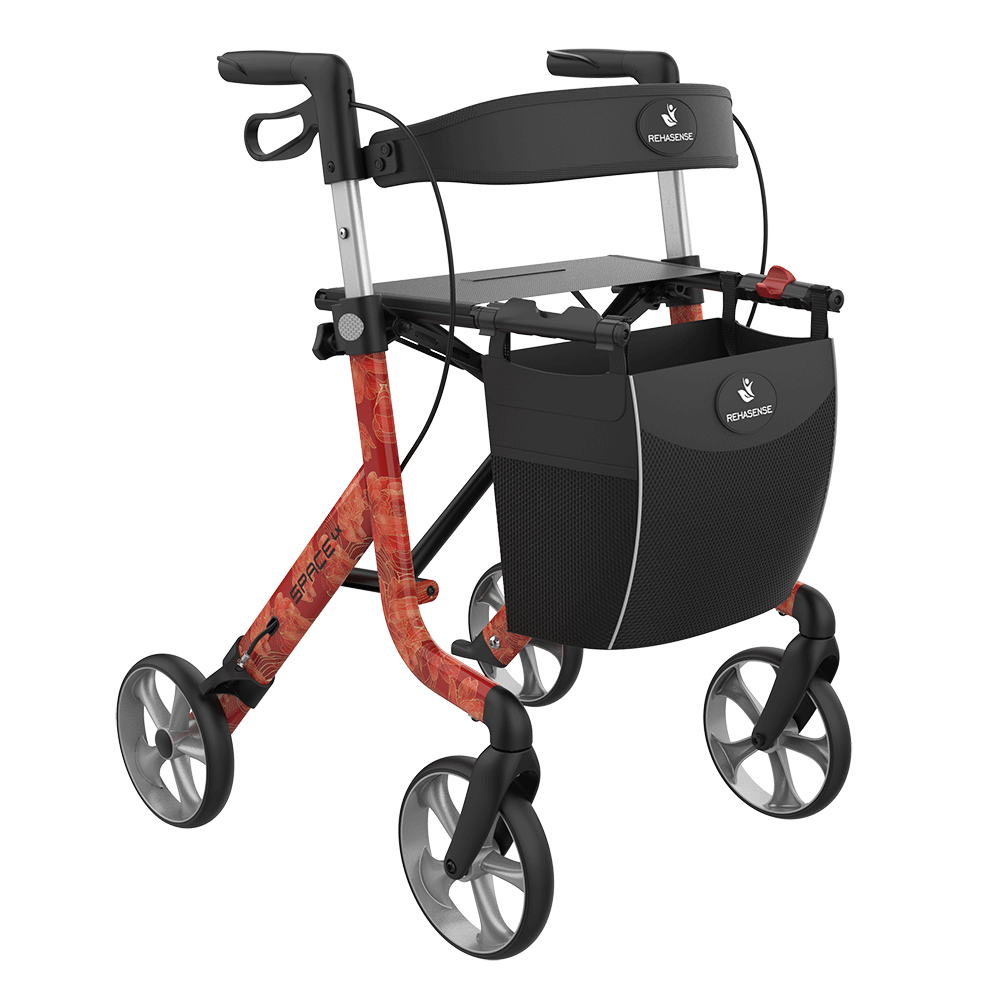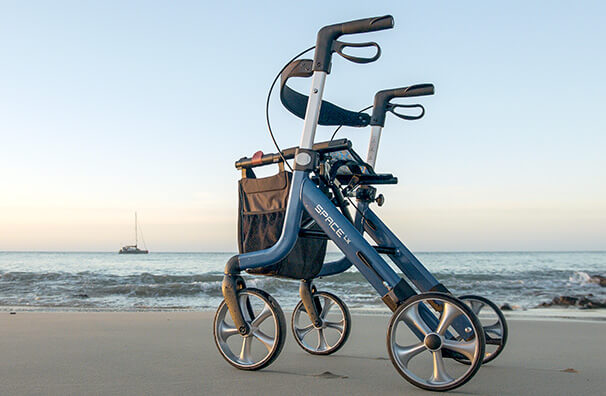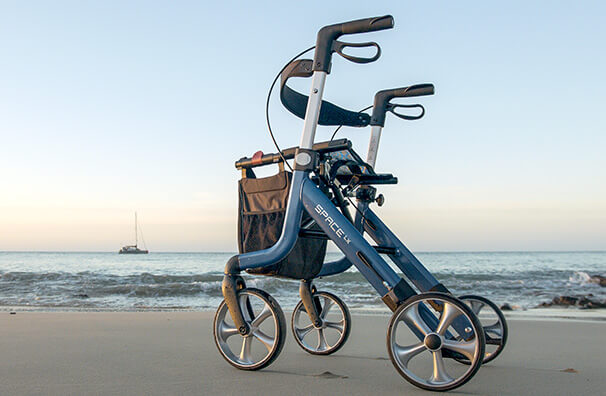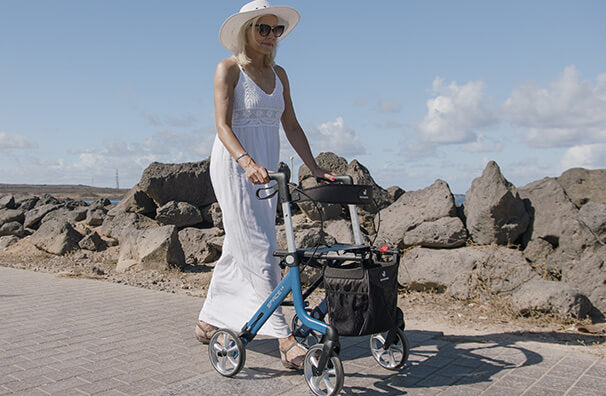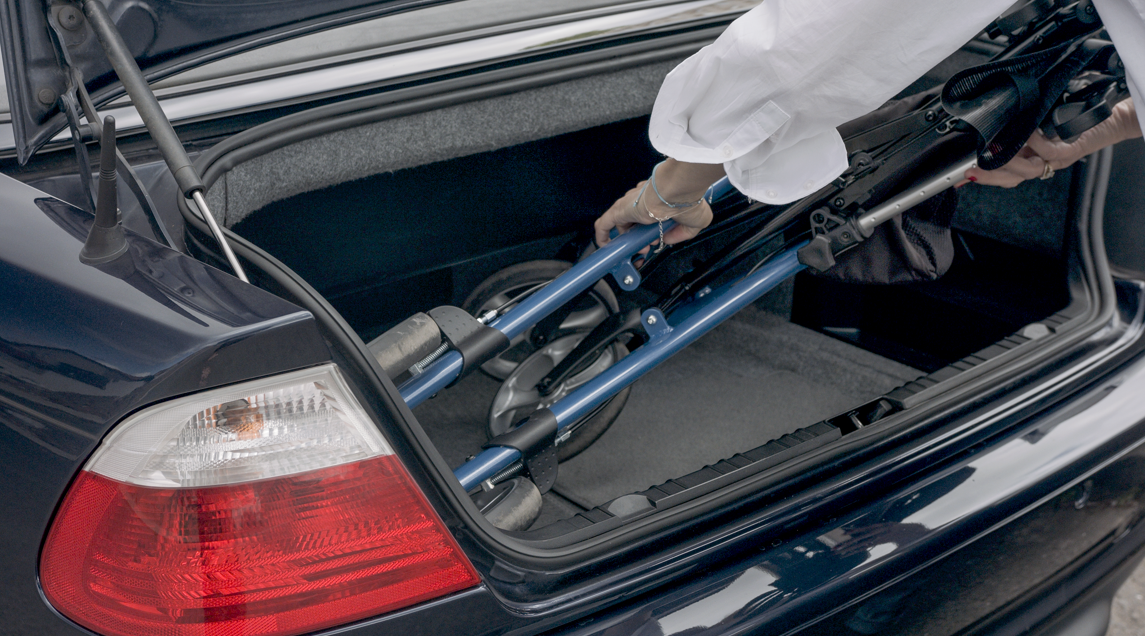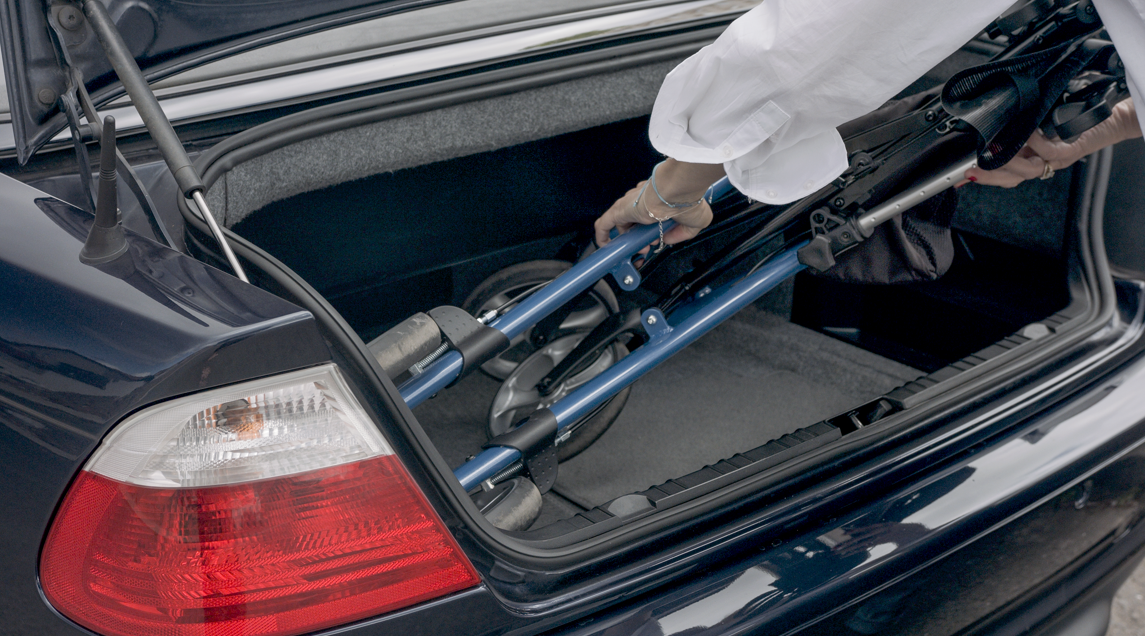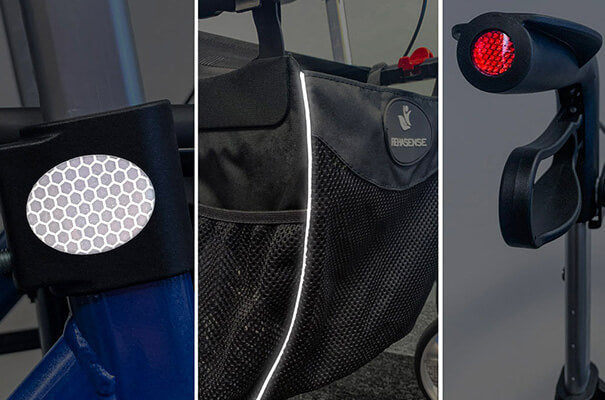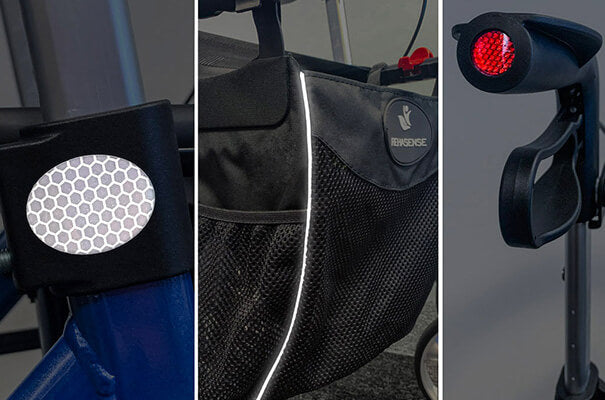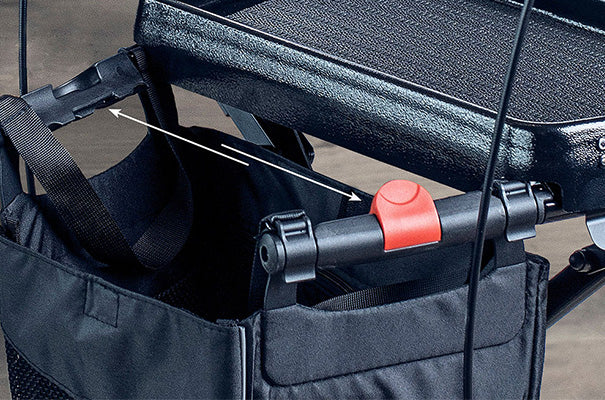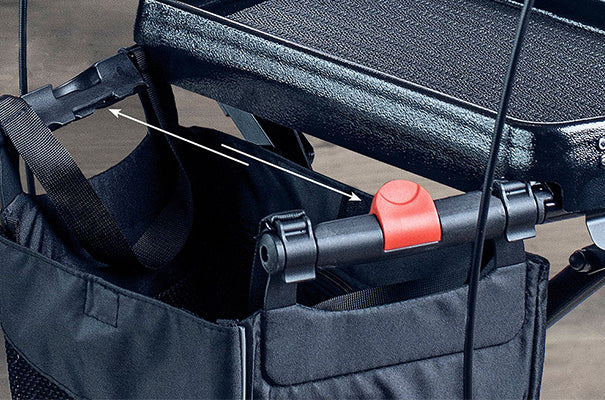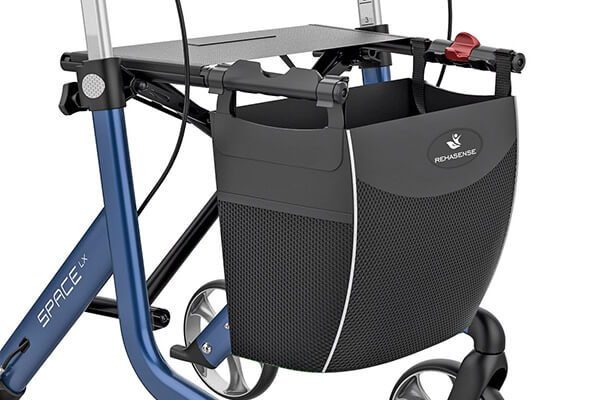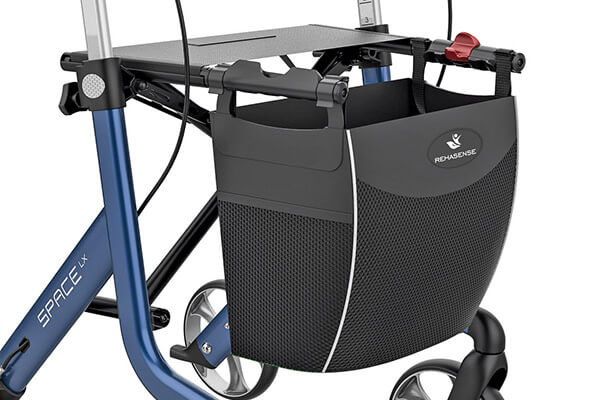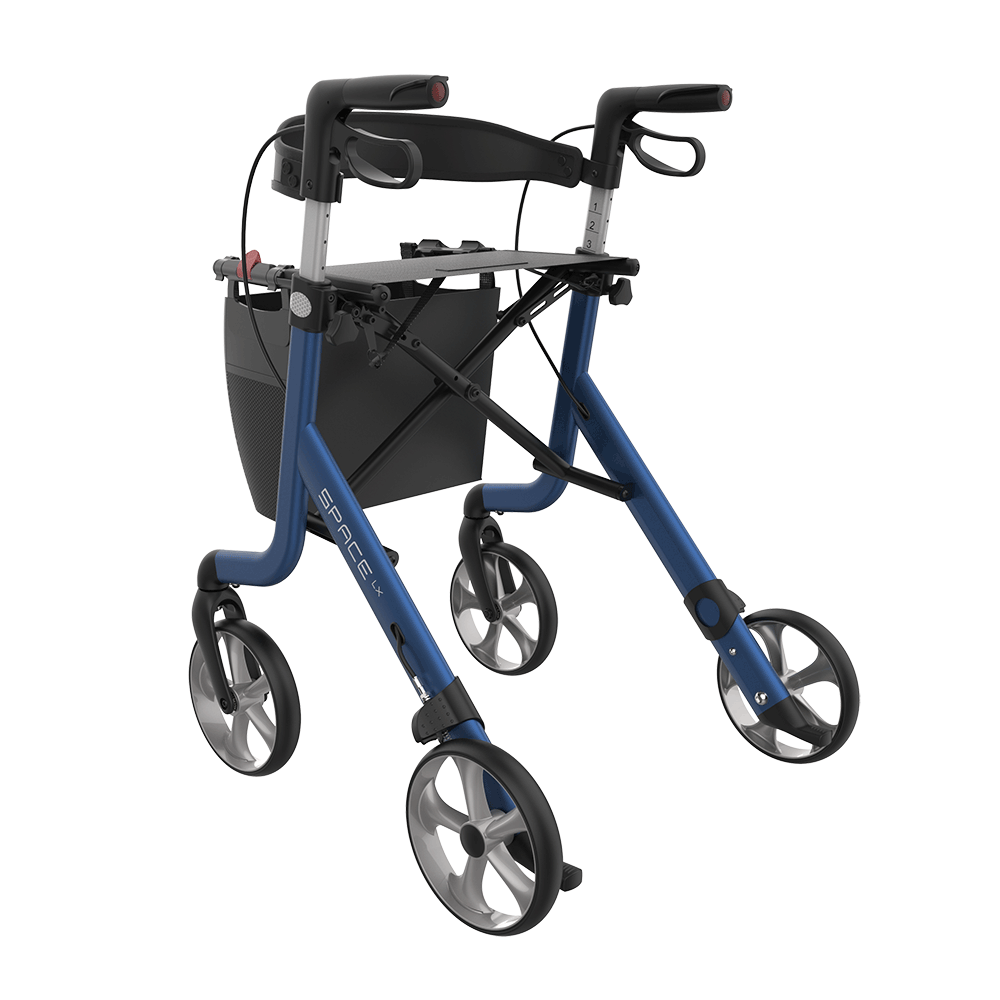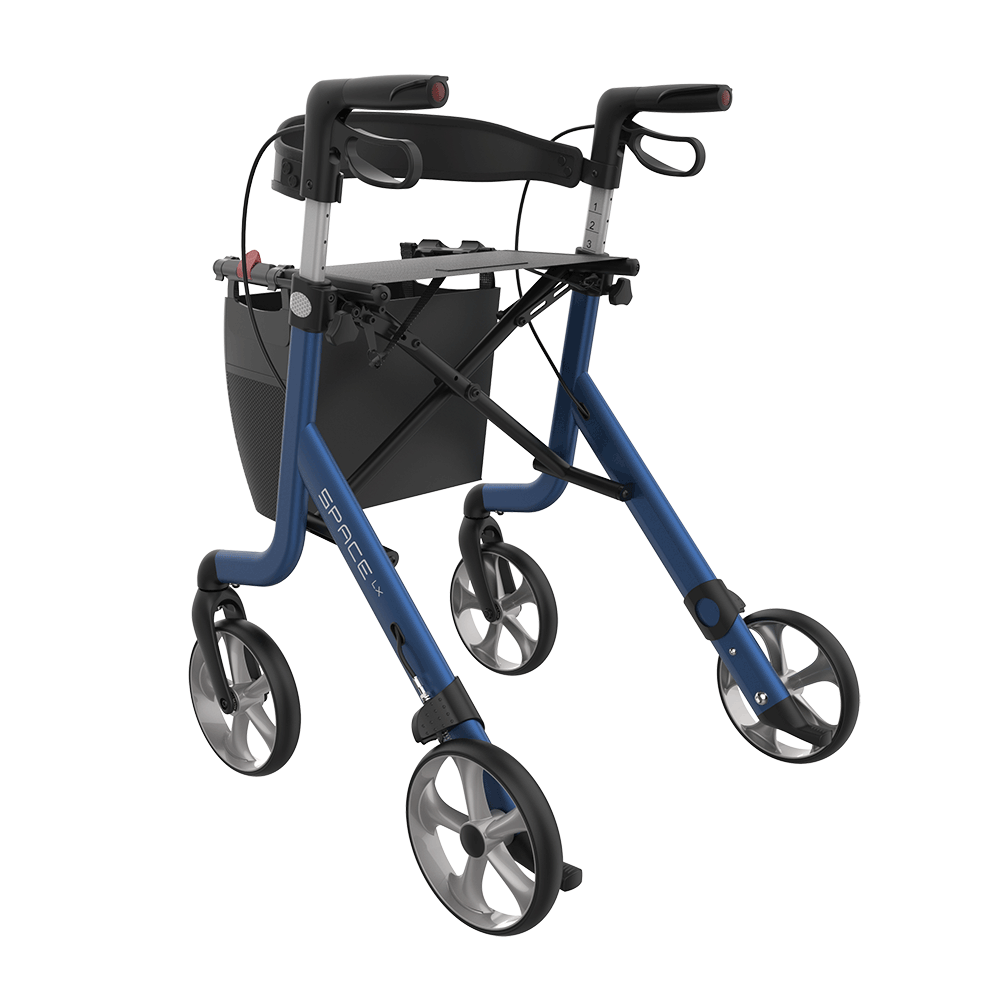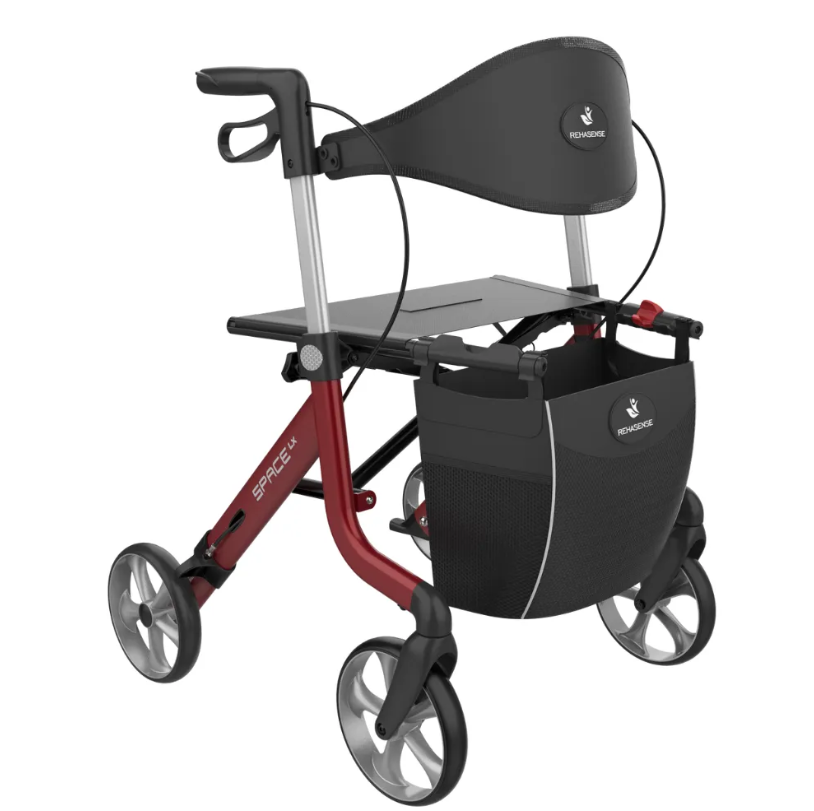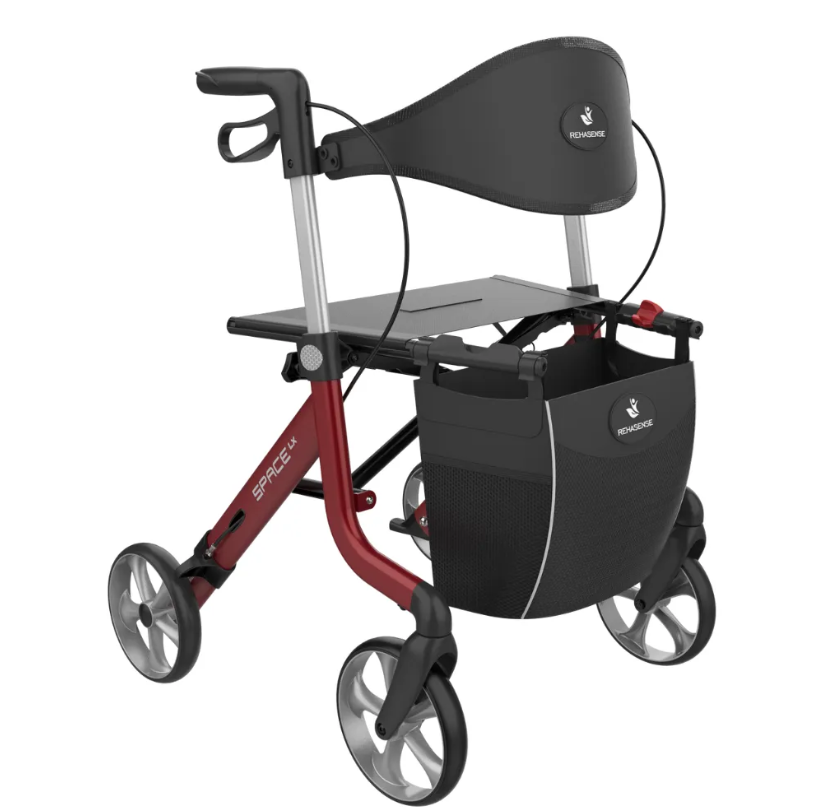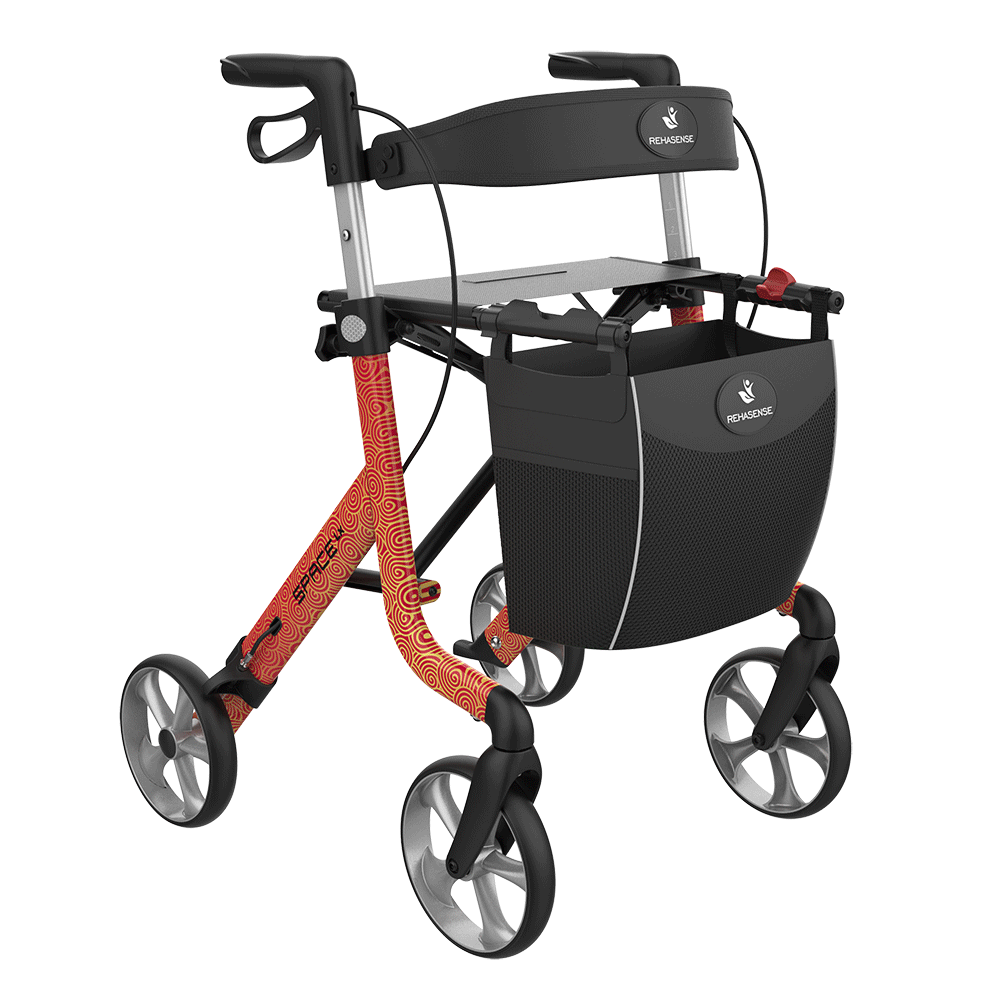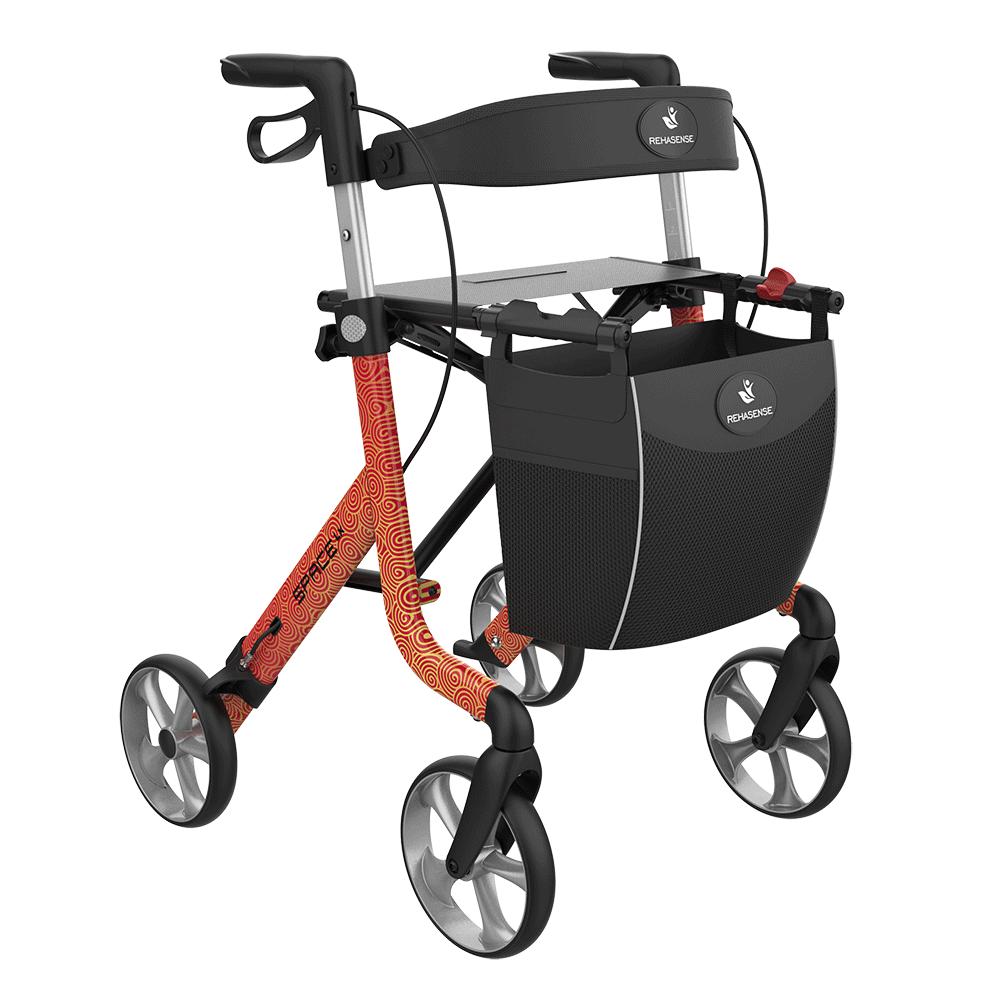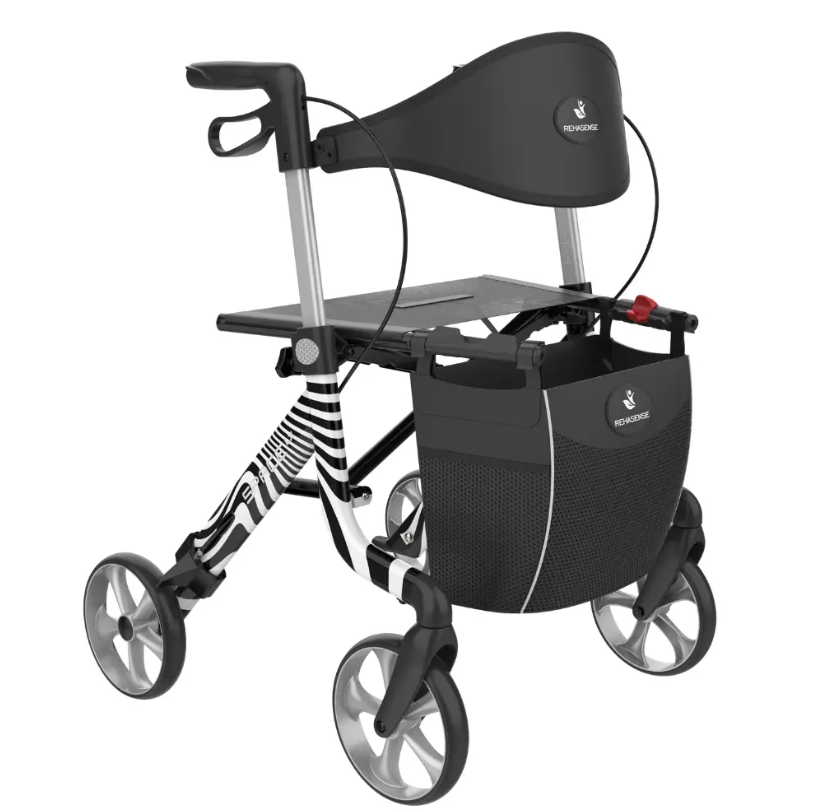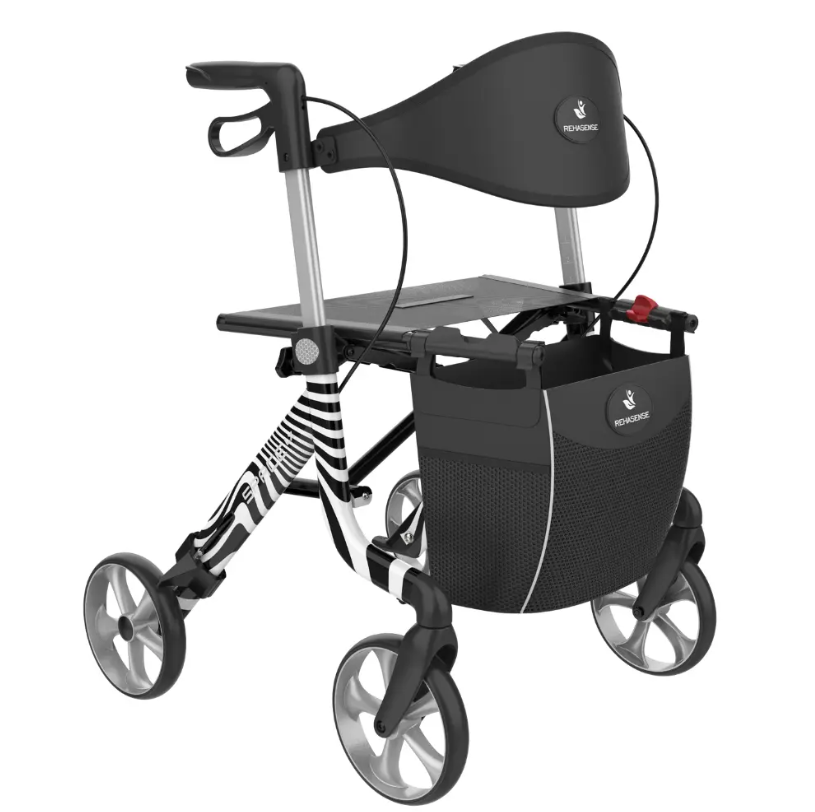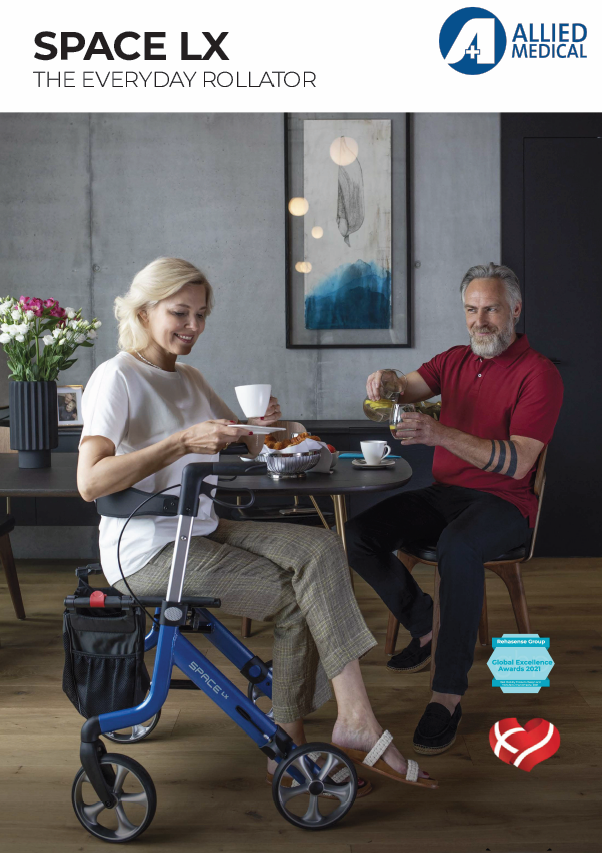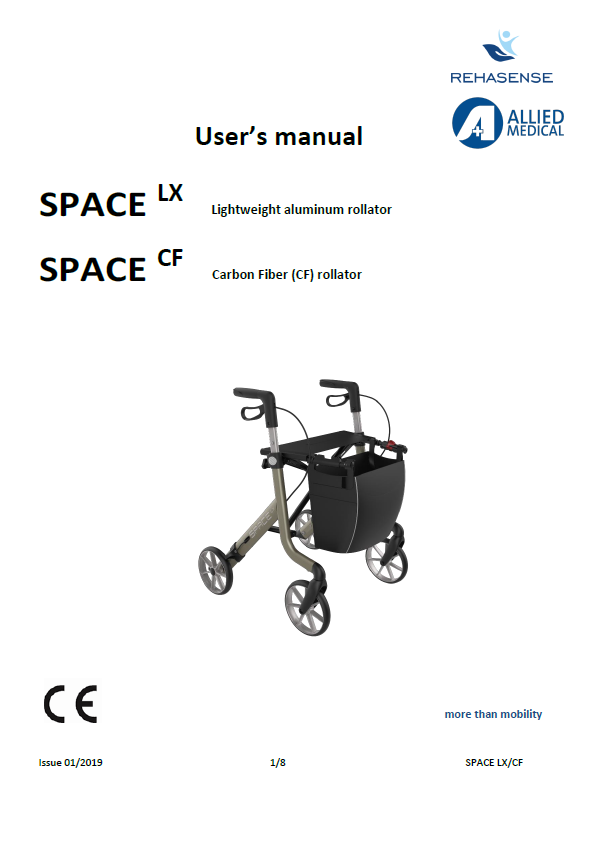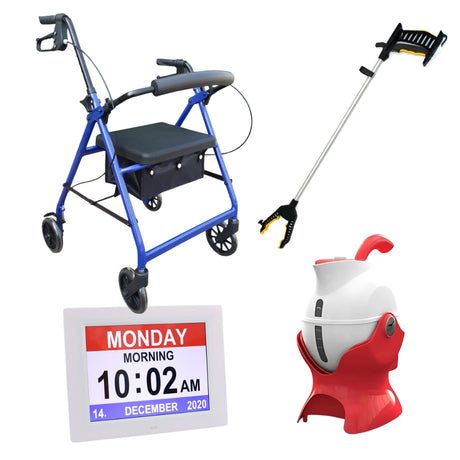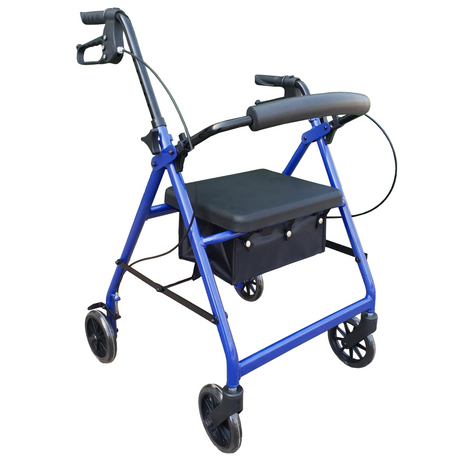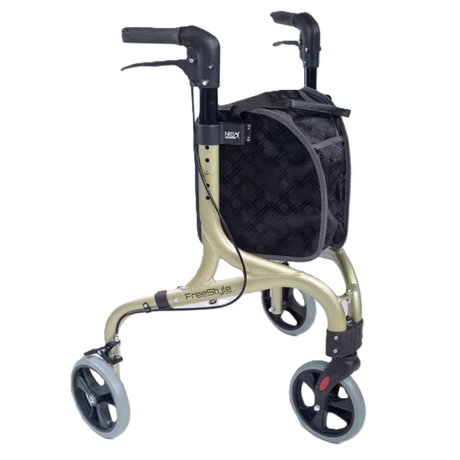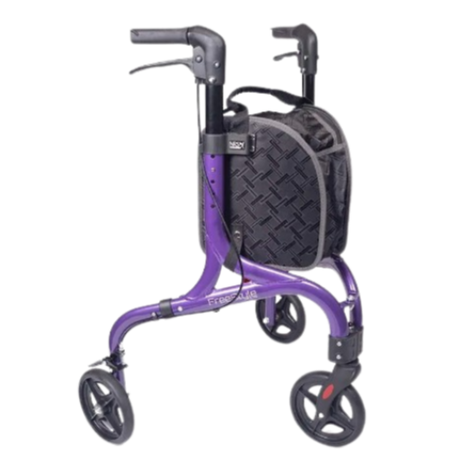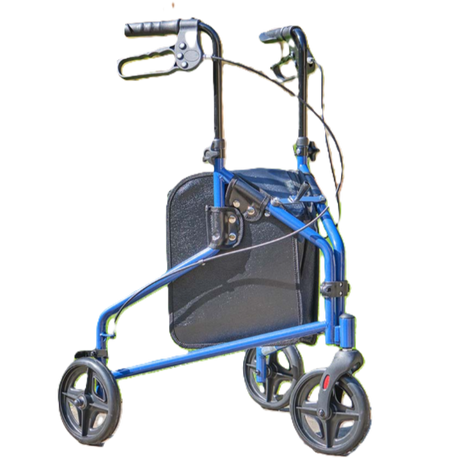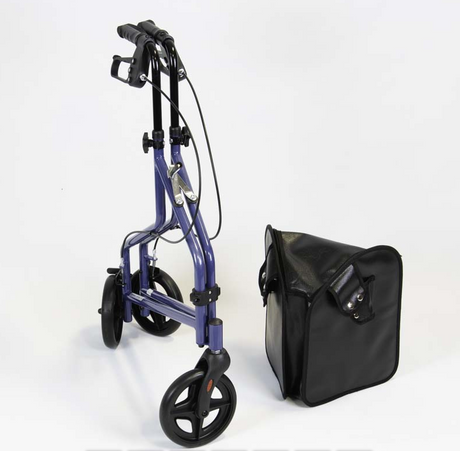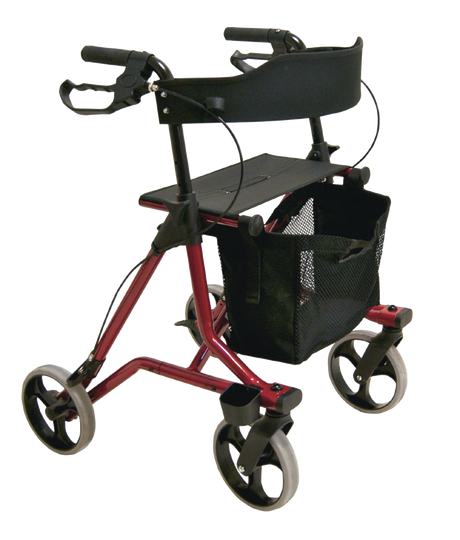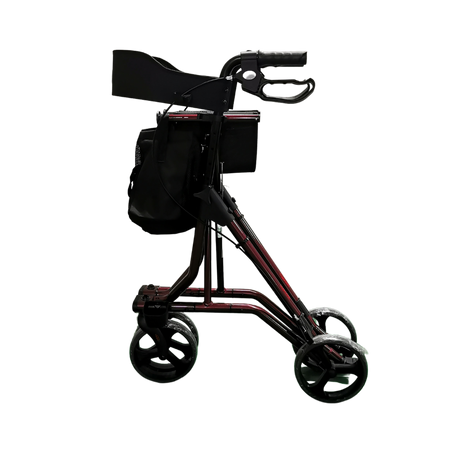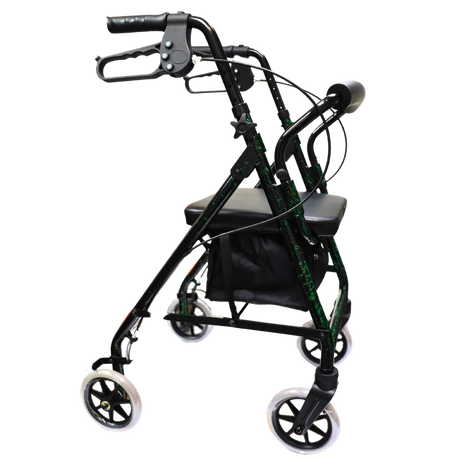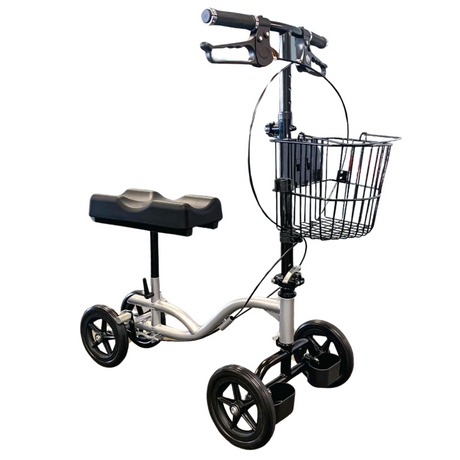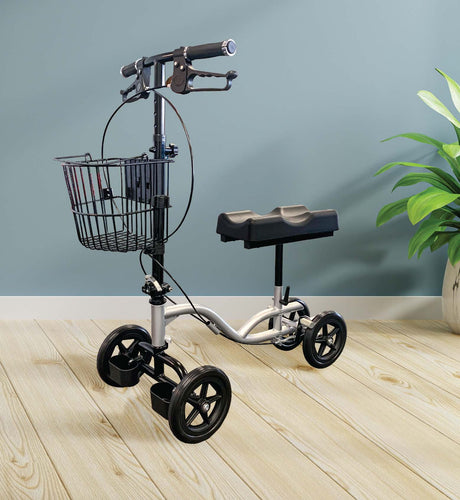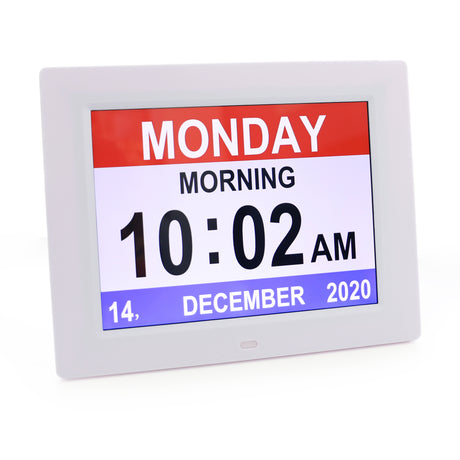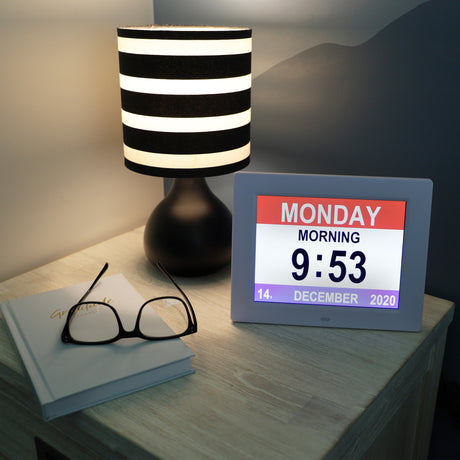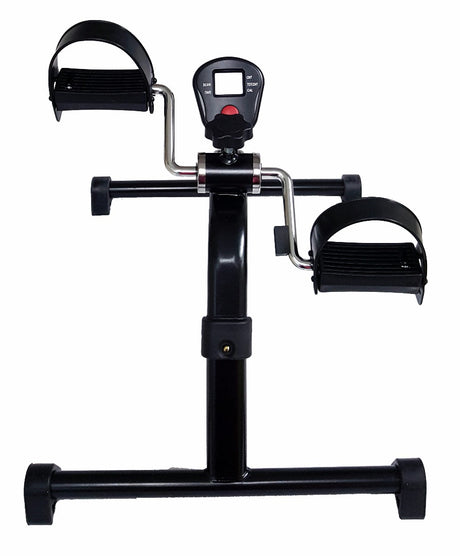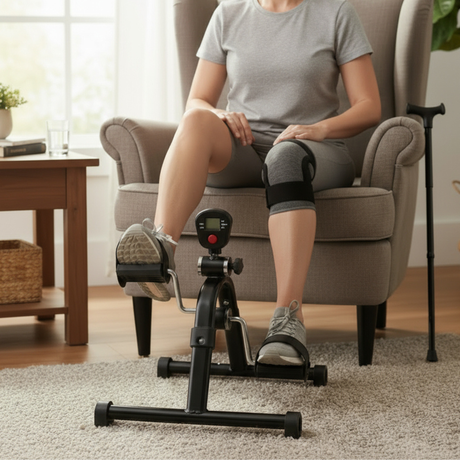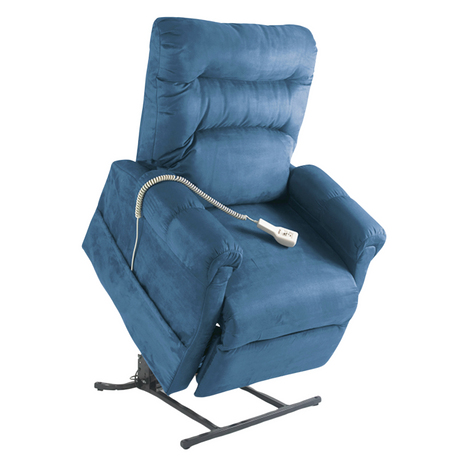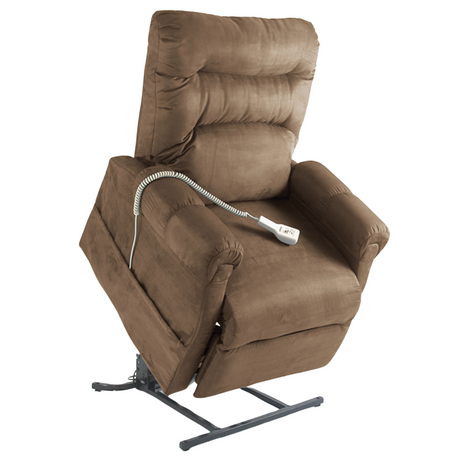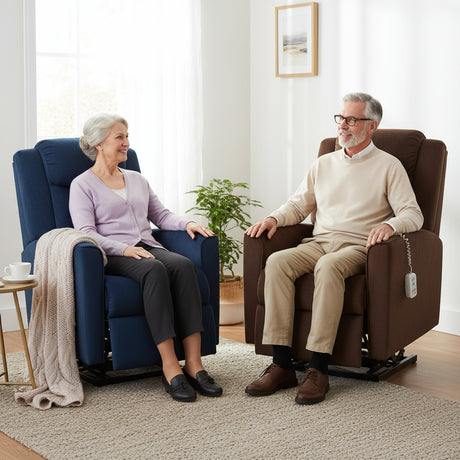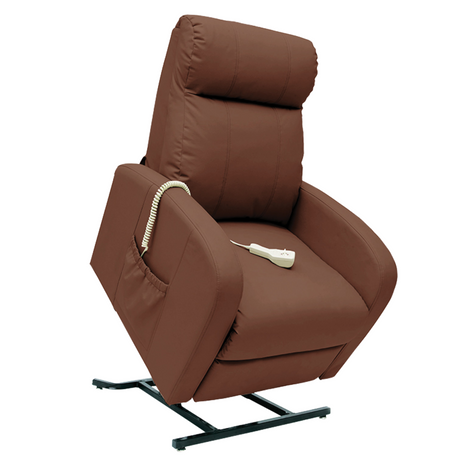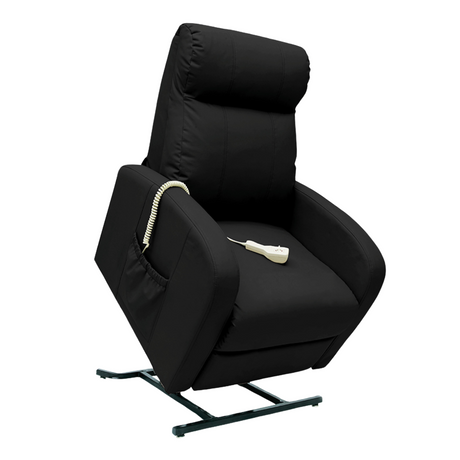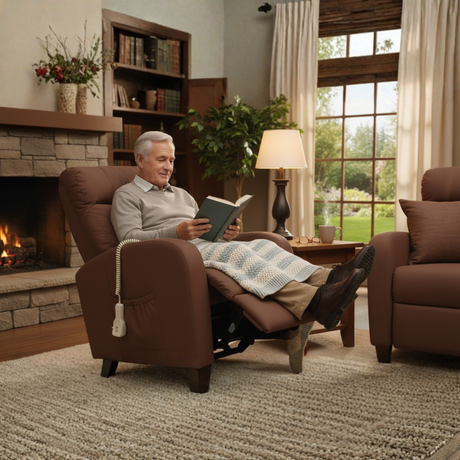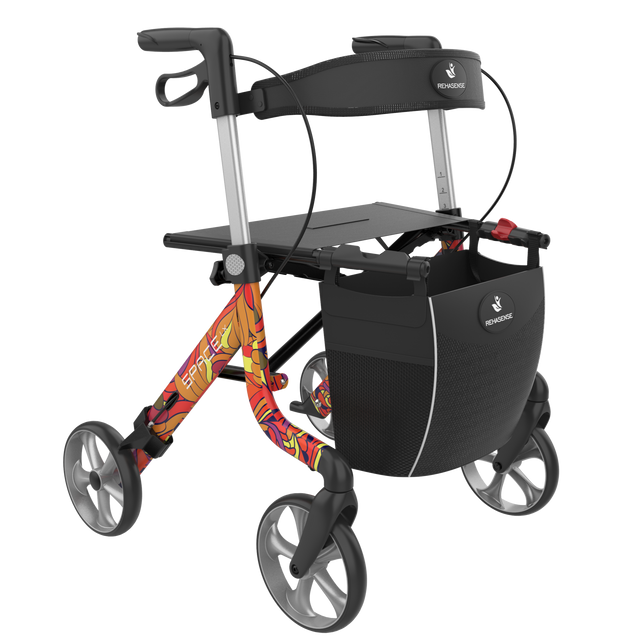Space LX Rollator
Space LX is a lightweight, everyday rollator with a 5 kg shopping bag, ergonomic handles and the patented "Click & Safe" safety catch. Stylish, safe and easy to use.
Please note the selected product option is not available for trial.
Product is currently out of stock
This product is currently not in stock but is available to pre-order. Once ordered we will contact you with an approximate delivery date. Please call 0800 31 61 81 for more information.
Easy Returns Policy
Easy Returns Policy
Worried an item might not be right? Return your purchase in as new condition within 14 days and we will happily exchange the item or provide a refund for the cost of the item including the original shipping fee. Click here to view all returns information.
Online Delivery Rates
Online Delivery Rates
NZ Retail Purchases
$9 NZD flat fee
Free for orders over $500 NZD
AU Retail Purchases
$30 NZD flat fee
Wholesale Purchases
Shipping will be calculated after your purchase and added to your invoice.
Online Delivery Times
Online Delivery Times
Deliveries placed during the week before 2pm*
New Zealand
Auckland: Usually the next day!
Rest of North Island: 2 days
South Island: Approx 3 - 4 days
Rural deliveries can take 1-2 days in addition to the above
Australia
Approx 10 - 15 days
*Approximate timeframes given. Please note that for out-of-stock items and orders placed after 2pm or over the weekend, the shipping timeframes above will apply from the day of dispatch from our warehouse.
Click here to view all delivery and shipping information.
Give Us Feedback
Give Us Feedback
We'd love to hear what you have to say. If you would like to send us some feedback about our website, available products, our team or anything else, please complete our Feedback Form.
If you have a spare minute, we'd also love you to leave us a Google Review.
Funding Information
Funding Information
Click below for information on funding for New Zealanders.
Am I Eligible for Funding?
Self Funding
Description
Description
The Space LX Rollator is designed for everyday comfort, safety and independence. With its lightweight yet durable aluminium frame, it is easy to walk with, lift and manoeuvre both indoors and outdoors. Featuring a spacious 5 kg shopping bag, ergonomic locking handles and a smooth adjustable handle height, it adapts effortlessly to your needs.
The patented red "Click & Safe" safety catch provides peace of mind by securing the rollator during storage, transport and lifting. Clever ergonomic grips make carrying simple, while all-round reflectors, an edge guard and a step pedal add extra safety and convenience. Available in Medium or Large sizes and four stylish colours (Flower, Cheetah, Blue, Red Peony).
Key Features
- Large integrated shopping bag with 5 kg capacity and zip pocket
- Ergonomic handles with locking function
- Smooth adjustable handle height for easy personalisation
- Patented red "Click & Safe" safety catch for safe folding and carrying
- Ergonomic carrying handles under the mounting bars
- Safety reflectors on shopping bag, frame and handles
- Includes edge guard and step pedal
- Lightweight aluminium frame supporting up to 150 kg
- Backrest strap included for added comfort
Please note, alternative terms for a rollator are walker, wheeled walker, walking frame and Zimmer frame.
Specifications
Specifications
| Product Size | Medium | Large |
| User Weight Limit | 150 kg | 150 kg |
| Total Product Weight | 5.7 kg | 5.8 kg |
| Seat Width | 460 mm | 460 mm |
| Seat Height | 550 mm | 620 mm |
| Width Folded | 230 mm | 220 mm |
| Distance Between Handles | 470 mm | 470 mm |
| Handle Height | 720 - 850 mm | 800 - 1020 mm |
| Front wheel diameter | 8'' (200 x 35) | 8'' (200 x 35) |
| Rear wheel diameter | 8'' (200 x 35) | 8'' (200 x 35) |
| Total Product Length | 660 mm | 660 mm |
| Total Product Width | 610 mm | 610 mm |
| Dimensions folded | 650 mm x 210 mm x 810 mm | 650 mm x 210 mm x 810 mm |
| Height folded | 820 mm | 860 mm |


